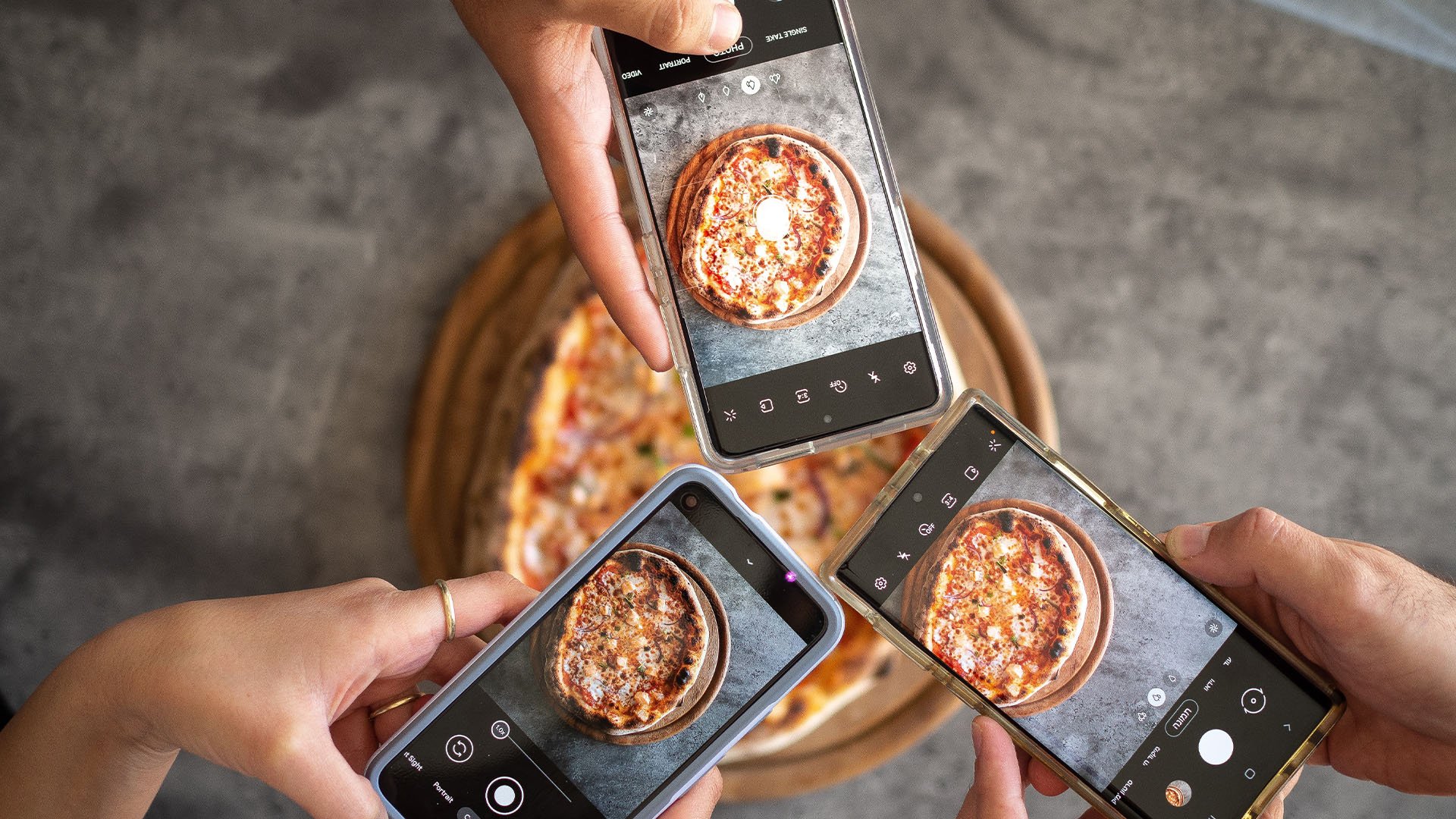Now more than ever, restaurateurs are operating in an experience economy. Customers are interacting with competitor brands over multiple channels every hour of every day, and they expect every digital experience to measure up to the Amazons and Ubers of this world.
Just like the behemoth tech brands, foodservice businesses need to deliver personalized, intuitive, and seamless digital experiences for their guests – without forgetting added in-person ingredients like warm decor and friendly interactions with staff. With restaurants under more pressure than ever to retain customers, the brands who can make their IRL experiences memorable while also leveraging digital technology to make ordering, paying, and engaging with the brand quicker and easier will ultimately win the day.
Digital Is Never An End In Itself
A QSR’s tech stack might have all the bells and whistles, but if it isn’t finely tuned to the customer’s needs it’s basically redundant. A thoughtfully designed digital experience should meet a customer wherever they are and make their journey easier without stealing the spotlight from in-person experiences – and that takes planning. So, before they set about developing a new digital experience, foodservice CTOs and CIOs need to strategize.
If the end goal is to build engagement and ultimately conversion, foodservice businesses will need to build a relationship with their customer wherever they’re spending their time. Every touchpoint in an omnichannel customer experience needs to communicate the brand values and add to the physical experience of picking up or dining in at a brick-and-mortar establishment. And, because customers’ preferences for interacting with a brand differ widely depending on demographics or even time of day, digital experience will have to be holistic, allowing customers to drop off one channel and pick up another while still being able to see their closest pick-up point or customized offers.
In this landscape, convenience trumps technical virtuosity because it is frictionless. Case in point: app clips, small parts of a larger app experience that launch in seconds without download, breach the boundary between physical and digital experience because the barriers to jumping in and out of the digital ecosystem are so low. A customer can scan a QR code at the door or on their table and immediately begin designing their order, booking a table, or paying for their meal. After experiencing the benefits of the app clip, customers are more inclined to download the full app to make the most of personalized offers and location information.
Once a customer’s buying habits are digitized on an app, valuable data can be collected for use down the line. If this information is surfaced effectively, employees can surprise and delight their customer at their table by showing how well they’re known and valued, all but guaranteeing a memorable interaction.
Tech Should Support Employees
Employees straddle the border between digital and physical, so their buy-in is vital when introducing new digital experiences.
Happily, there’s no reason for conflict between physical and digital dimensions of experience. According to the National Restaurant Association’s 2022 State of the Industry report, 78 percent of leaders in the restaurant sector see digital solutions like mobile point of sale as a way to remove manual processes and support staff through labour shortages. Rather than threatening jobs, they’re boosting retention. And, at the same time, 68 percent of consumers still prefer traditional service when dining, suggesting that all stakeholders benefit when the digital and the in-person coalesce.
For example, Chick-fil-A and Bottle Rocket’s cutting-edge mobile ordering system cuts down on queues on arrival. The GPS-enabled application notifies restaurants of orders while customers are still en route, meaning more customers can be served, sales can be increased, and staff can concentrate on delivering a memorable experience for their guests.
Ultimately, brands walk a tightrope between getting left behind in the race for digital efficiency and losing focus on the customer by bringing in too much tech too quickly. We’re never going to see the death of the full-service restaurant, but the brands that stray too far from this delicate equilibrium risk falling by the wayside.
Dustin Hassett is a Senior Product Manager at Bottle Rocket. A digital product specialist with eight years’ experience in the digital product space, he works particularly with QSR brands to bring innovations to the restaurant industry.

